In today’s fast-paced business world, efficient HR management is crucial for success. Organizations often find themselves juggling a multitude of HR tasks and responsibilities, which can be overwhelming. That’s where HR outsourcing services come into play, offering a streamlined solution to handle the day-to-day administrative needs while allowing your in-house team to focus on the human side of HR.
What Is HR Outsourcing Services?
HR outsourcing services, provided by experts like Mosaic, deliver dedicated resources with allocated hours each month to assist with various HR administrative tasks. This strategic partnership empowers your organization to efficiently manage administrative duties and ensures your HR team can nurture the personal touch that defines their role.
How Mosaic Can Support Your Organization:
• HR Policy and Guideline Development: Mosaic helps review and update your HR policies, ensuring they are in line with best practices. Integration of policies from merged or acquired organizations is also expertly handled.
• General UKG Product Support: Mosaic offers guidance on navigating UKG products, including Pro, with practical insights and support.
• Change Readiness and Risk Assessments: Mosaic assists in creating communication and training plans to facilitate transitions, ensuring your organization is prepared for any changes.
• Identifying Best Practices: Drawing on their wealth of HR knowledge and experience, Mosaic acts as a guide to help you implement best practices.
• Workflow Approvals and Delegation: Mosaic takes care of managing workflows and approvals, ensuring a seamless process. Whether it’s changing direct deposits, salaries, or employee information, Mosaic has it covered.
• Open Enrollment Planning and Assistance: From initializing open enrollment sessions to benefit reconciliation, Mosaic provides valuable support during the open enrollment process.
• Checklist Development and Training Guides: Mosaic offers formatted UKG guides and helps navigate HR checklists.
• Process Hires and Launch Onboarding: Mosaic assists in processing new hires and launching onboarding processes, ensuring a smooth transition for employees.
• Process Benefit Life Events: Life events, such as birth or adoption, are expertly handled by Mosaic, ensuring that employee benefits are up to date.
• Business Intelligence (BI) Sample Reporting: Mosaic runs BI sample reports, providing valuable insights into your organization’s data.
• Update Job Descriptions and Job Groups: Keeping job descriptions and job groups up to date is essential, and Mosaic handles this task efficiently.
• Update Job History and Job Status: Correcting job history and job statuses for employees is crucial for HR data accuracy.
• Project Coordination: Mosaic assists in project planning, communication, and timelines, ensuring the successful execution of HR projects.
• Refresh Job Postings: Mosaic updates and refreshes job postings in your recruiting gateway.
• Audit Services: Auditing employee profiles and benefits reconciliation are essential tasks that Mosaic excels at.
• Business Rule Updates: Whether it’s modifying, updating, or adding business rules, Mosaic ensures that your HR systems align with your organizational needs.
In conclusion, HR outsourcing services from Mosaic provide a comprehensive and efficient solution to manage HR tasks, allowing your in-house HR team to focus on what truly matters – the people. By streamlining your business with HR outsourcing, you can maximize productivity and ensure that your HR processes are in expert hands.

